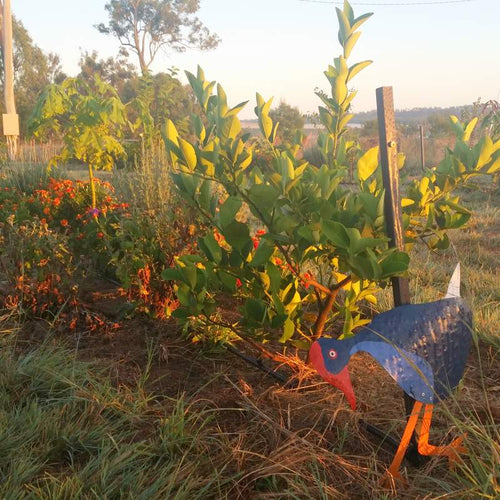How I use herbs - marigold, calendula and winter tarragon
In some countries Calendula officinalis is referred to as “pot marigold”, but the plant I call marigold is Tagetes patula, or French marigold (Tagetes erectus is African marigold, although both originate in North America), and I call the other one calendula (originating from the Mediterranean). Fortunately, both of the flowers are edible, so it doesn’t really matter if you get them mixed up! They both have blooms ranging from yellow to dark orange, and they both self-seed and come up all over my garden, mainly in spring and autumn. And while we’re on the subject of Tagetes, I also grow Tagetes lucida, known as Winter Tarragon or Mexican Marigold, as a perennial in a pot.
| Marigold |
| Calendula (Pot Marigold) |
The winter tarragon is also lovely in tea, is has an anise flavour, apparently its similar to tarragon, but I don’t have any tarragon to compare it to (the calendula and marigold petals don’t add much flavour to tea). The yellow flowers can also be used for tea, but my plant has only just set flowers so I haven’t tried this yet (I want to save these flowers for seed). I hadn’t read much about this plant in my herb books, but a quick google search has revealed some surprising properties. I personally have not noticed any psychoactive effects! But then I don’t smoke it or use it in large quantities either. Apparently it can be used as a treatment for strike by lightning (have to remember that one), and also can be added to bath water. That last one is serious, I have been adding various herbs to bathwater lately and it can be quite pleasant to have a nice smelling bath, I’ve been thinking about preparing a jar of “bath tea” to keep in the bathroom (as I never remember to have the fresh herb ready at the appropriate time). If you don’t have a bath, you can fill a wide bucket with warm water and have a foot bath instead.
| Winter Tarragon - nice in the bath |
The flowers of all three plants can be used as a natural yellow/orange dye or food colouring.
Do you grow any marigolds, calendulas or tagetes spp? (spp means several species, I’m getting fancy with the nomenclature now!) How do you use them?
Do you grow any marigolds, calendulas or tagetes spp? (spp means several species, I’m getting fancy with the nomenclature now!) How do you use them?























Leave a comment